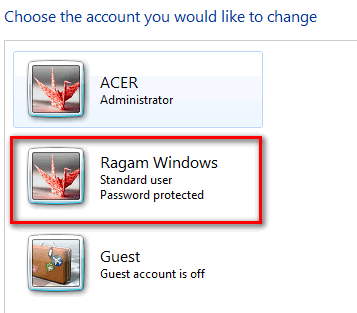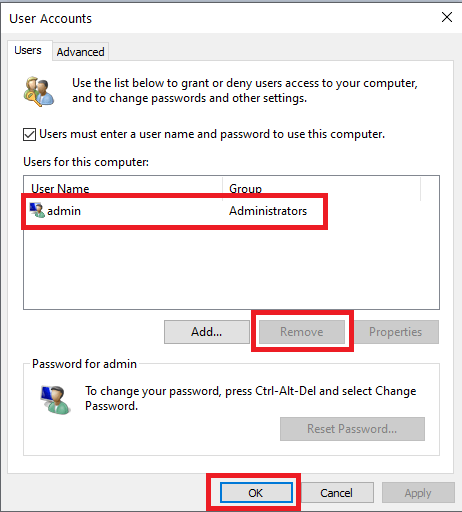
Windows 10 will now return a list of user profiles linked to certain accounts. In the “Advanced” tab, look for the “User Profiles” heading and click “Settings…”.

Open the Windows 10 user profile settings.Press “Windows + R” to open the Run dialog, type “systempropertiesadvanced.exe”, and click “OK”.

Repeat steps 12 and 13 for the two remaining McAfee applications.Before you start this process, make sure the user account you wish to delete is signed out.Click Yes on the User Account Control dialogue box to begin the uninstall process.Click the Uninstall button for the application, and then click Uninstall on the confirmation dialog.Begin by uninstalling McAfee Endpoint Security Firewall. Type McAfee in the Apps & Features search bar.Click on the Apps item to view and manage installed applications.Open the Windows start menu and select the gear icon on the left to launch the Settings app.The folder viewed in step 4 should now be empty. Click OK once the removal tool finishes running, and then close the PowerShell window.\FrmInst.exe /forceuninstall (case-sensitive) and hit enter to launch the removal tool. You may need your computer's administrator username and password. Click Yes on the User Account Control dialog. In the upper-left corner of the window, click the File menu and select Open Windows PowerShell, and then Open Windows PowerShell as administrator.



 0 kommentar(er)
0 kommentar(er)
